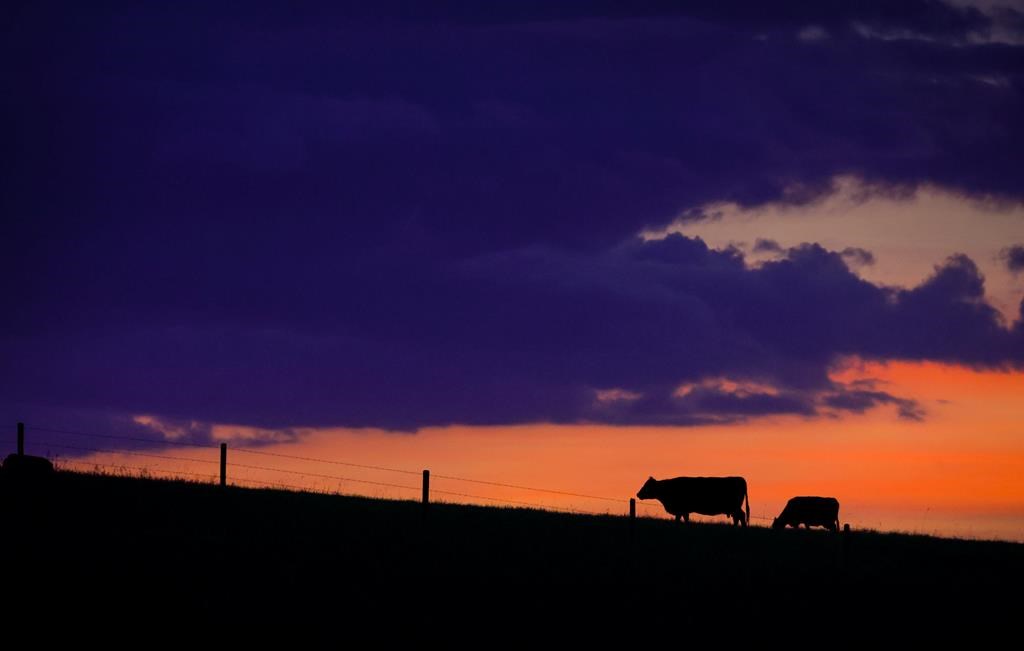Mercury levels rapidly rising in endangered Arctic gulls: biologist
Posted March 19, 2015 9:30 am.
This article is more than 5 years old.
A biologist is suggesting rapidly rising rates of mercury contamination may be behind the dramatic population drop of an endangered Arctic gull.
“If nothing changes, we won’t have ivory gulls in Canada,” said Alex Bond, whose paper was published this week by the British Royal Society.
Populations of the bird, which in North America only breeds in Canada, have fallen by 80 per cent since the 1980s and the small white scavenger is down to about 500 breeding pairs. Ivory gulls live only in the High Arctic, where they prey along the edge of sea ice and feed off remains from polar bear kills.
That diet may be the problem, suspects Bond, who conducted his research while he was based at the University of Saskatchewan in Saskatoon. He is now senior conservation scientist at the Royal Society for the Protection of Birds in the United Kingdom.
Mercury accumulates as it works its way up the food chain. Ivory gulls, at the top of the pyramid, are highly vulnerable.
Using old specimens in museums for comparison, Bond found that mercury levels in modern gulls are 45 times higher than they were in the 19th century.
“Linking the levels that we see in bird feathers to population-level declines is really tricky,” he said. “But we do know that of all Arctic birds, ivory gulls have the highest mercury in their eggs. And of all ivory gulls, the Canadian ones have the highest mercury in their eggs.”
The average level of mercury increases for northern species is just under one per cent a year. The level of increase for ivory gulls is twice that.
Climate change and illegal hunting could also factor into the population decline, Bond said.
Levels of mercury are known to be rising throughout the Arctic. The potent neurotoxin is carried in by high-level air currents, largely from coal-fired power plants in North America and Asia.
A 2011 study found China to be the largest mercury source, although many U.S. states as well as Alberta, Saskatchewan, Nova Scotia and New Brunswick burn coal for power. That study suggested global mercury emissions could rise by 25 per cent by 2020.
The 2013 Minimata Convention, signed by Canada and 127 other countries, bans new mercury mines and includes control measures on air emissions.
Ivory gulls are already considered threatened, the highest level of threat assessment in Canadian law. A recovery strategy for the bird has been written, but plans to carry it out aren’t due until 2017.
If nothing changes, the outlook for the birds isn’t good, said Bond.
“Based on the status quo, it’s not very promising at all.”
— Follow Bob Weber on Twitter at @row1960










